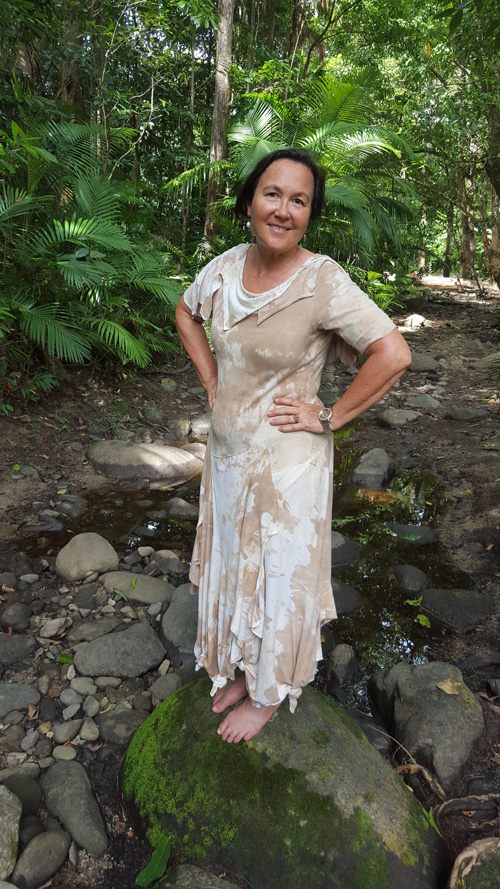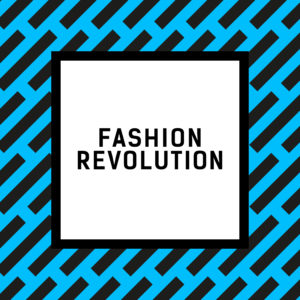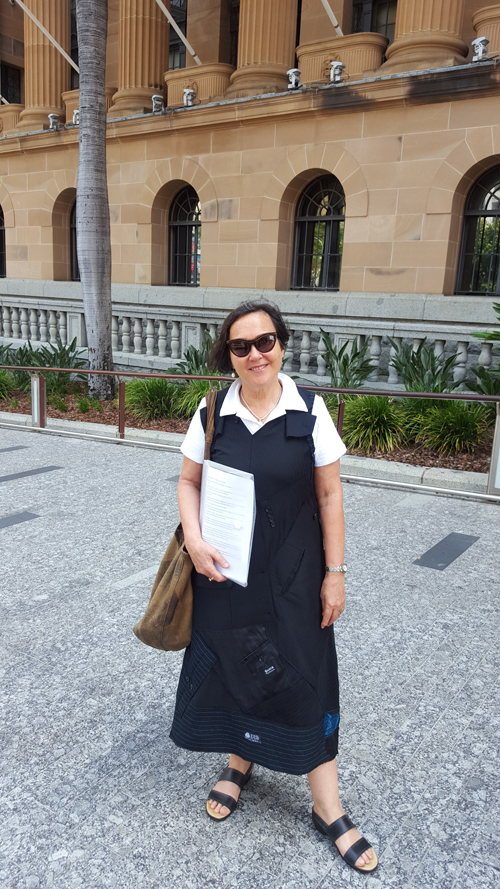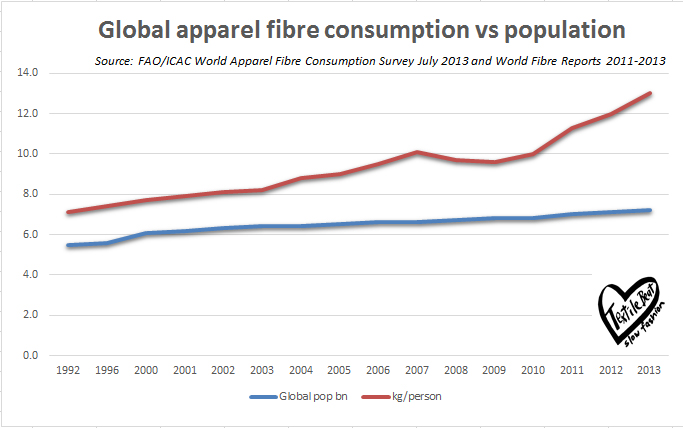
Jane Milburn in eco-dyed t-shirt dress. Photo by Darcy Milburn at South Mossman River in north Queensland
Clothing is as essential as food for our health and wellbeing because clothes do for us on the outside what food does inside – they nourish, warm, and engage body and soul. What we choose to wear impacts how we feel and how we present to the world.
As conscious eaters are now aware of sourcing fresh whole food and returning to the kitchen – conscious dressers are engaging in the process of learning where and how their clothes are made. Our choices have profound influence – yet sometimes we are too busy to think much about them.
Fast, processed food has had a dramatic impact on health across the population in recent decades and similarly the transformational shift to fast, manufactured clothing is having impacts we are only now coming to understand.
Without doubt there are thousands of wonderful designers and billions of beautiful clothes available for purchase through the trillion dollar global garment industry. Yet this industry flourishes through the hard work of garment workers in developing countries who may, or may not, be paid appropriately for their efforts. Read about the global garment industry here from Clean Clothes Campaign.
Meanwhile in Australia and other developed nations, two generations have largely missed the opportunity to learn to sew and 70% of millennials don’t even know how to sew on a button. Continue Reading →
 When you dressed this morning, did you spare a thought for how your clothes came into the world? Do you know what country they were made in, from what type of material or who stitched them together?
When you dressed this morning, did you spare a thought for how your clothes came into the world? Do you know what country they were made in, from what type of material or who stitched them together?


